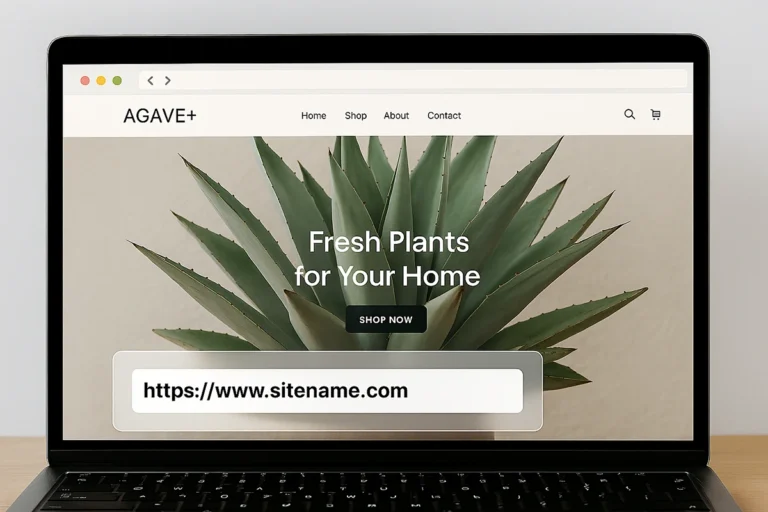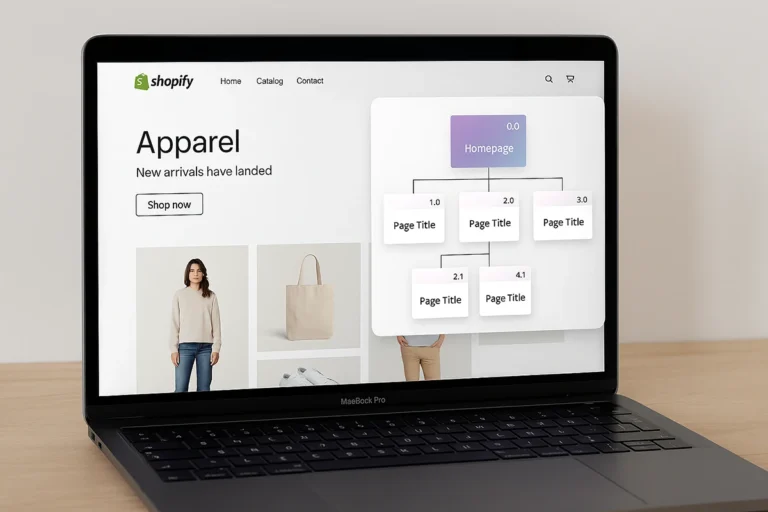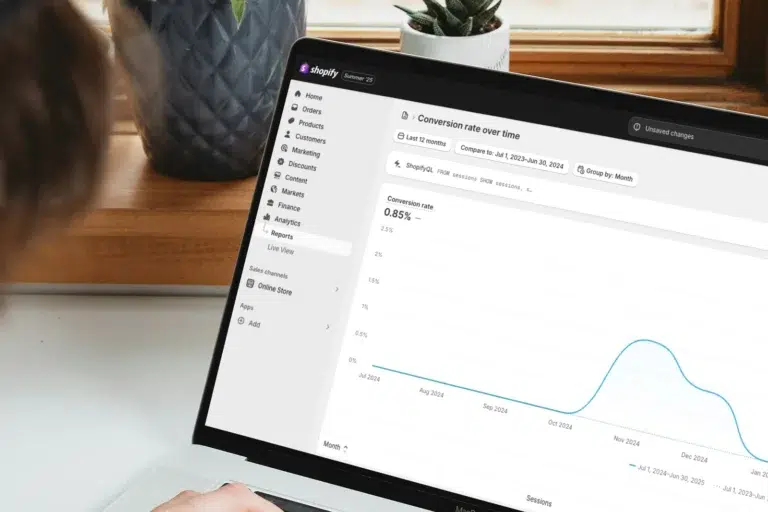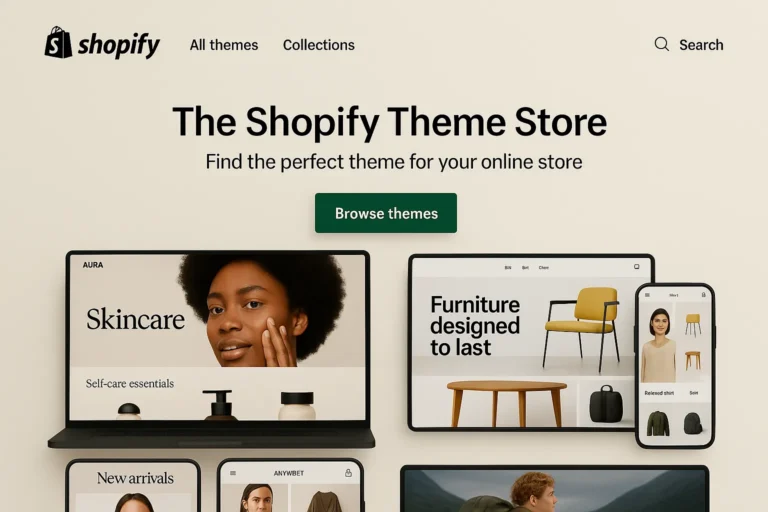
Shopify URL Structure Optimization: Best Practices for SEO-Friendly URLs
Learn how to optimize your Shopify URL structure for better SEO. Discover best practices, common pitfalls, and practical steps to
Welcome to your new resource for mastering the art and science of online marketing. Whether you’re a seasoned professional or just starting your journey, our blog offers in-depth articles, expert insights, and practical tips to help you stay ahead in the constantly evolving digital landscape. Discover the latest trends in SEO, social media strategies, content marketing, PPC, email marketing, and more. Learn from industry leaders and gain the skills you need to drive traffic, boost conversions, and grow your online presence.

Learn how to optimize your Shopify URL structure for better SEO. Discover best practices, common pitfalls, and practical steps to

Learn how to implement schema markup in Shopify to enhance SEO, get product rich results, and improve your store’s visibility

Whether you’re launching your store, optimizing for growth, or rebuilding for performance, a qualified expert helps you avoid costly mistakes

Learn how to find, submit, and optimize your Shopify sitemap to improve SEO, indexing, and crawlability. Step-by-step guide for store

Table of Contents Why Image Optimization Matters for Shopify Image quality can make or break your Shopify store. But if

If your Shopify store isn’t loading in under 3 seconds, you’re losing customers — period.

The hard truth? Most Shopify stores convert just 1.5% to 2% of their traffic into paying customers

In this comprehensive guide, we’ll explore proven strategies to boost your Shopify store’s speed, with a special focus on how

In this guide, we’ll explore the best SEO themes for Shopify that can help you attract more organic traffic and

In this comprehensive guide, we’ll explore the best SEO apps for Shopify that can help you increase organic traffic, improve

This comprehensive 12-step guide will walk you through the key SEO strategies you need to implement to enhance your store’s

Explore why SEO is more than just an optimization tool—it’s the core of all digital marketing efforts. Discover how embracing

In the fast-paced world of digital marketing, we all know time is money. Did you know that 70% of marketers

Dive into the core concepts of link building for SEO with our comprehensive guide. Explore best practices, advanced techniques, and

Struggling to generate quality leads in today’s competitive market? You’re not alone. 61% of marketers cite generating traffic and leads